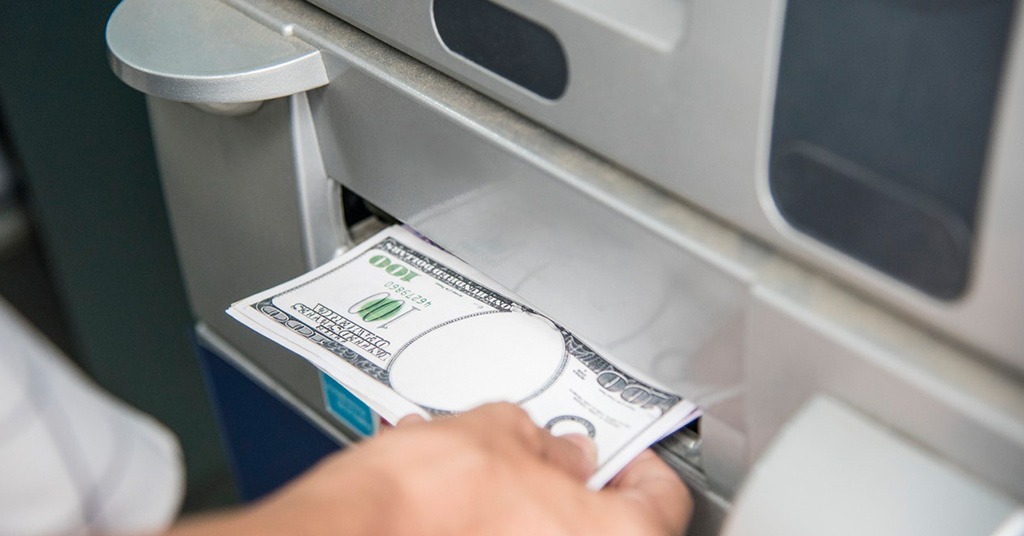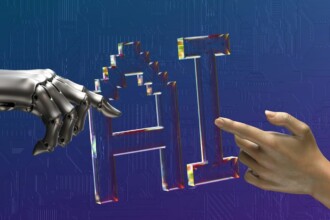Banks and manufacturers have reinvented the role of the ATM adding some innovative functions

The most extraordinary ATM features worldwide. Source: pexels.com
Why do we still need ATMs in the time of the global transition to a cashless economy? Surely, not as many people need cash today as they did just a few decades ago. Yet ATMs haven’t disappeared from the urban landscapes. If you think banks are simply wasting their time and money on their maintenance, you’re deeply mistaken. They have reinvented the role of the teller machines adding some innovative functions. Want to know more? Check our list.
Top 10 innovative ATM features
Video conference
ATMs nowadays offer a lot of banking functions. Some of them are more complex than others, so the help of a live teller would be great. Therefore, some organizations like Dollar Bank or Bank of America have introduced a real-time video chat with a bank consultant to facilitate transactions in their ATMs. Naturally, this function is available only during the usual working hours.
Blockchain & cryptocurrency
In Canada, Cmifox Inc. is the first financial services provider to introduce a fully integrated FinTech ATM – Kiosk run by blockchain technology. These are able to process payday loans, issue insurance policies, provide USD to CAD currency exchange, buy and sell cryptocurrencies, and accept credit cards. Security is controlled by biometrics and ID readers.
Biometric no-touch access
NCR’s Kelpie ATM announced at Money 20/20 is allowing users to complete banking requests without any physical contact with the terminal. The user needs to enter their transaction details in their mobile banking app, hold up their palm to the ATM and take their cash. The machine will recognize the user’s unique palm print and perform the operation.
Cardless ATMs
Using a phone to access an ATM is already a reality. Many leading fintech players allow users to withdraw the cash they need using smartphone technology. There may be two approaches to this withdrawal. After a transaction is pre-set via the mobile app, a QR-code is either further scanned by an ATM or users scan the QR code appearing on the ATM screen. Anyway, cardless withdrawals are usually much quicker than traditional ones.
Cash recycling
ATMs with this function play a double role. They take cash deposits from users. Then they sort and process the notes and use that for withdrawals. This lowers operational costs significantly. Banks can save 40 to 66% on cash-handling costs through cash-recycling ATMs.
Talking ATMs
In many countries of the world, Talking ATMs are available to customers who are visually impaired. The user has to plug in the headphones and follow the voice instructions. Braille symbols are in place to indicate the location of a headphone jack, card slot, cash slot and keypad to guide the customer.
Automated bank branch ATMs
There are ongoing efforts to integrate robotics and AI into self-service banking. MonRo (money robot), a self-service robotic system, presents a hybrid of an ATM, currency exchange, vending machine, safe deposit box, storage and retrieval services, etc.
New customer onboarding
Some ATMs have the ability to onboard new customers on the spot. As part of the cash withdrawal process, ATMs can now offer customers the opportunity to fill in a loan application or a checking account form.
Facial recognition
This topic is actively discussed but scarcely implemented to date. However, Spanish CaixaBank is already offering customers the opportunity to use facial recognition technology rather than PIN codes to withdraw cash from ATMs. Registration for the program can be quickly conducted in the bank branch using employee tablets. NEC Corporation together with major Taiwanese bank E.Sun provide a similar service, but the initial setup is done remotely via ATM itself that has a built-in camera to capture the client’s facial image.
Iris recognition
Refugees in Jordan can access cash and other forms of aid by scanning their irises in stores and at ATMs. Asylum seekers have their biometric data collected, stored, and encoded by the UNHCR. The partner organizations provide the services. The biometric information gives refugees an identity, even when they have lost documents. It can be used to access banking, healthcare, and other services.
SEE ALSO:








